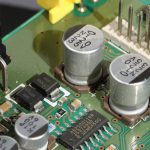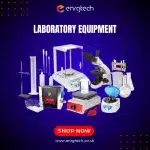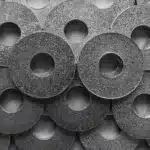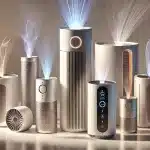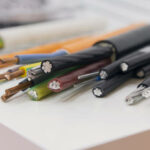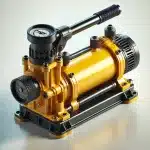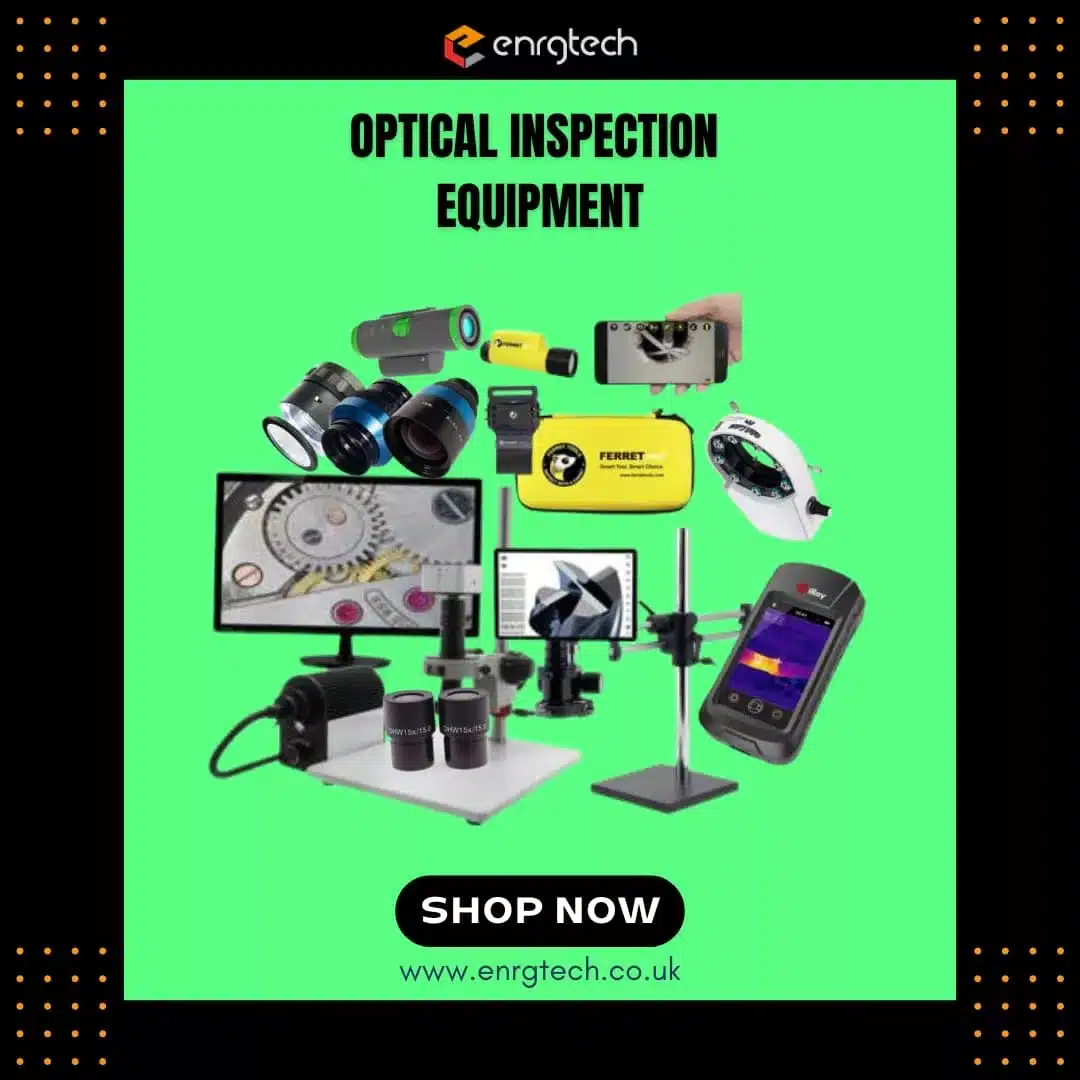
Introduction
Optical inspection is significant in quality control across various industries for the detailed examination of components, materials, and finished products. Optical inspection equipment encompasses a myriad of tools and technologies, each designed to meet specific inspection needs. This article explores these essential equipment and devices, their functionalities, various types available, and key factors when choosing the right tools for your specific needs.
What is Optical Inspection? Defining Optical Inspection Equipment and Their Purpose
Optical inspection is a process of using optical systems to examine products for defects, inconsistencies, or compliance with specifications. This process utilises optical tools and equipment designed to analyse and measure the physical characteristics of materials without making contact. It involves using light—whether visible, infrared, or ultraviolet—to evaluate and assess the quality, dimensions, or features of an object.
The ultimate goal of using optical inspection equipment is to detect deviations, defects, or inconsistencies before they compromise performance or safety. In modern production environments, investing in the proper optical inspection equipment is a critical step toward maintaining competitiveness, reducing waste, and boosting brand reputation.
What are the Popular Types of Optical Inspection Equipment?
Optical inspection equipment are categorised into several types based on their functions and intended applications. Some of the most popular types include:
Magnification and Illumination Tools
Several tools provide magnification and illumination to enhance visual inspection, such as:
- Loupes and Portable Magnifiers
Loupes and magnifiers are handheld devices that offer low to moderate magnification, typically ranging from 2x to 10x. However, they are portable and ideal for quick, on-the-spot inspections of small parts, surface finishes, and general assembly. Magnifiers often incorporate built-in illumination for improved visibility.
- Magnification Lamps
Magnification lamps combine magnification with adjustable lighting. They provide a stable platform and hands-free operation and are essential for detailed work. Magnification lamps reduce eye strain and come with different lighting options, including fluorescent and LEDs, catering to various applications.
- Microscopes
Microscopes are indispensable for high-magnification inspection, examining minute details invisible to the naked eye. They come in different types, including optical microscopes, compound, stereo, metallurgical, digital, and measuring microscopes. Optical microscopes use lenses to magnify objects, while electron microscopes offer even higher magnification for nanoscale analysis. Compound microscopes can view thin, transparent specimens, while stereo microscopes provide a three-dimensional view for inspecting larger, opaque objects. In contrast, metallurgical microscopes can specifically examine the surface of metals and other materials.
- Eyepieces and Lenses
These are critical components of microscopes and other optical instruments. Eyepieces are the lenses closest to the eye, while objective lenses are positioned near the specimen. The combination of these magnification devices determines the overall magnification of the instrument. Different lenses with varying magnifications and working distances are available to suit specific inspection requirements.
Automated Optical Inspection (AOI) Systems
AOI systems combine cameras, lenses, and software to inspect parts automatically. AOI systems designed to detect a wide variety of defects, including missing parts, incorrect dimensions, and surface imperfections. They are often used in high-volume production environments.
Measurement and Comparison Tools
Precise measurement and comparison are often crucial in optical inspection. In addition, these include various tools, including interferometers, optical spectrum analysers, and laser scanners. Among these, optical comparators, imaging and automation, machine vision systems, and video inspection systems are widely used:
- Optical Comparators
These instruments project a magnified image of a part onto a screen, allowing precise measurement and comparison against a master template or drawing. Optical comparators are widely used in manufacturing to inspect dimensions, angles, and complex shapes with high accuracy. They are particularly useful for inspecting small parts that are hard to measure using traditional tools.
- Imaging and Automation
Modern optical inspection increasingly relies on advanced imaging and automation technologies. Digital cameras are integrated with microscopes and other optical instruments to capture images and videos of inspected objects. Additionally, these images can be used for documentation, analysis, and archiving. High-resolution cameras are essential to capture fine details and ensure accurate measurements.
- Machine Vision Systems
These sophisticated systems combine cameras, optics, and software to automate inspection processes. Moreover, they can identify defects, measure dimensions, and perform other quality control tasks with robust speed and accuracy. Machine vision systems find applications in high-volume manufacturing to improve efficiency and reduce human error. However, they can programmed to detect specific defects and trigger alerts or actions based on the inspection results.
- Video Inspection Systems
Similar to machine vision systems, video inspection systems use cameras and monitors to display magnified images of inspected objects. They used for real-time inspection and remote viewing, allowing operators to examine parts from a distance. Video inspection systems are beneficial for inspecting large or hard-to-reach areas.
Specialised Inspection Tools
Some applications require specialised optical inspection equipment and include:
- Spectrometers
Spectrometers are high-performance instruments designed to analyse the spectral composition of light, allowing the identification and quantification of materials. Moreover, they are used in various industries like pharmaceuticals, food and beverage, and environmental monitoring. Spectrometer can used to determine the purity of substances, identify contaminants, and measure the concentration of different components.
Choosing the Right Optical Inspection Equipment for Your Needs
Selecting the appropriate optical inspection equipment depends on several factors. Some essential considerations include the size and complexity of the objects being inspected, the required magnification, resolution, lighting, ergonomics, the level of accuracy needed, and the budget. Additionally, it is essential to consider the specific application requirements and consult experts to choose the most suitable equipment.
Final Thoughts
Optical inspection is a critical process designed to ensure quality and reliability in various industries. The range of available equipment, from simple loupes to sophisticated machine vision systems, with supporting accessories, such as arms, stands, and mounts, allows the inspection of objects at different scales and levels of detail. By understanding the essential functionalities and applications of these tools, manufacturers and quality control professionals can pick the right equipment to meet their specific requirements and maintain high standards of quality.






